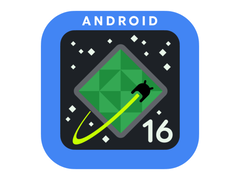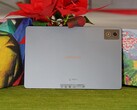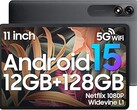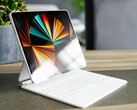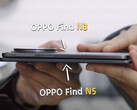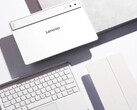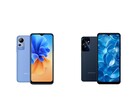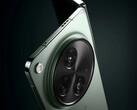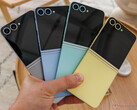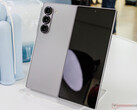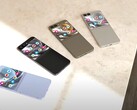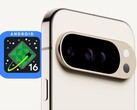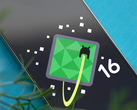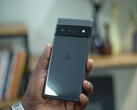Google seems intent on making using apps on big-screen devices a lot better starting with Android 16. The company is taking steps to make apps with annoying black bars and unoptimized UIs a thing of the past.
If you have some experience using Android tablets or foldables, you’ve probably come across unoptimized apps with weird-looking UI featuring thick black bars around the edges or buttons/icons that were sized and placed inconveniently. That’s because Google currently allows app developers to lock orientation and aspect ratio on big-screen devices, which allows the app to be “usable” at the cost of poor user experience.
Apps will lose usability on Android 16 tablets and foldables if they are not properly adapted
The company has updated Android 16’s APIs responsible for setting orientation and resizing things. The change, which prevents developers from locking the orientation and aspect ratio of their apps on big-screen devices, was recently introduced in Android 16 beta 1. Now, the OS stretches the app’s UI to force it to run in full screen. The updated APIs also force the app to always adapt to current orientation of the phone/tablet, whether portrait or landscape.
Naturally, this will make unoptimized apps look pretty bad on big-screen devices. Developers will therefore have to correctly adapt them using the UI design guidelines suggested by Google. Otherwise, their apps could even become unusable, potentially losing users.
Google claims that making an app fully optimized for big-screen devices can massively boost its popularity. FlipaClip is used as an example. As a result of updating its UI, the 2D animation tool got 54% more users.




